Nestled amidst the Himalayas, Sikkim is situated in the north eastern part of India. Sikkim portrays a vibrant tapestry of diverse communities and cultures. Gifted with a rich cultural heritage and unique breathtaking beauty, Sikkim is truly an unique state. A prominent destination for tourism, Sikkim is like a Himalayan wonderland. The state portrays a beautiful cultural tapestry with the celebration of numerous festivals that take place throughout the year, each having its own unique charm and significance. The cultural heritage and the people of the state make it a destination of unmatched beauty. Bestowed with a peaceful environment, humble people and the vibrancy of numerous festivals, Sikkim makes for the perfect destination for your travel plans. Opening its doors for people around the world to come and celebrate the grandeur of Sikkim’s festivals, here are a few festivals for you to know about.
Here's a glimpse into some of the most popular festivals of Sikkim
1. Losar
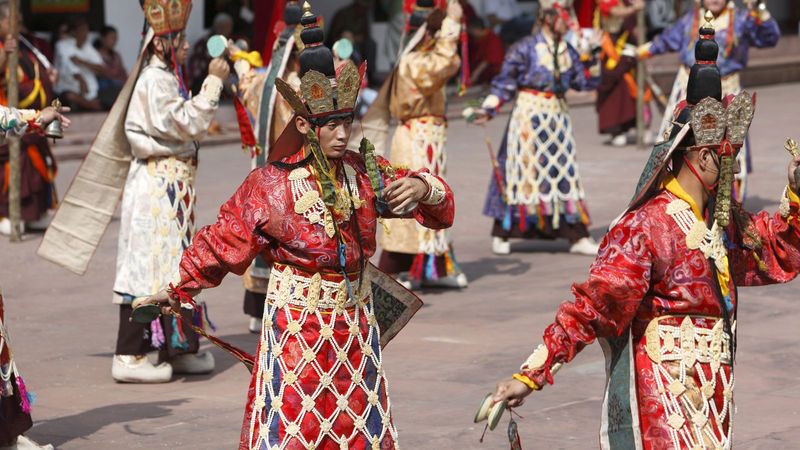
Losar is the Tibetan New Year, generally celebrated in the month of February. The festival marks the beginning of the Sikkimese New Year according to the Tibetan calendar. Mostly celebrated by the members of the Memba tribe, Losar holds great significance in the Sikkimese culture and is celebrated with great fervour and enthusiasm. The festival is celebrated for a duration of five days and is a joyous occasion for the Sikkimese people. The celebration includes prayers, hoisting of colourful religious flags, traditional dances, and family gatherings.
2. Saga Dawa
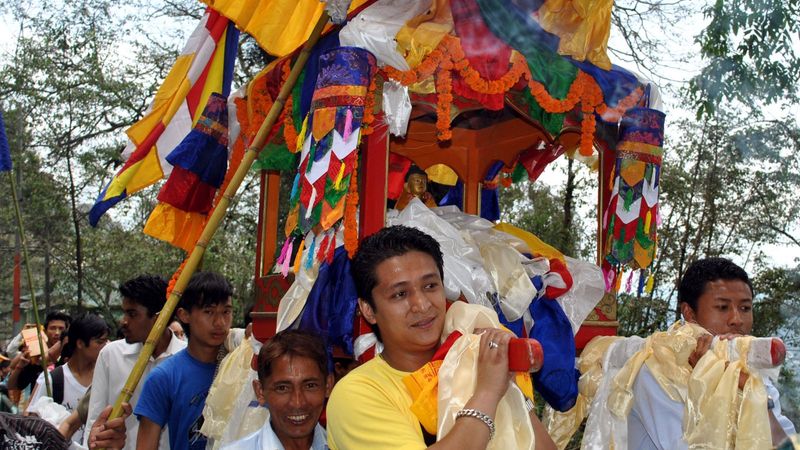
Saga Dawa is a sacred Buddhist festival, which is usually celebrated during the months of May or June. Saga Dawa is also known as the Triple Blessed Festival because it commemorates the three significant events in the life of Lord Buddha, which are his birth, enlightenment, and attainment of Nirvana.it is celebrated on the full moon of the 4th month of the Buddhist calendar, and is a time when, monasteries come alive with prayers, butter lamps, and vibrant processions to celebrate Saga Dawa.
3. Pang Lhabsol
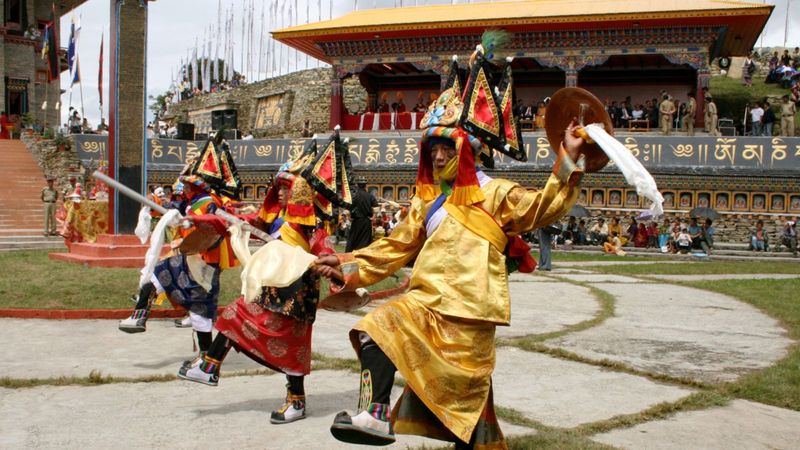
Pang Lhabsol is an ancient festival which pays homage to Mount Kanchendzonga, the majestic peak revered by the local people. People pray to the mountain God on this day. Usually celebrated on the 15th day or the 7th month of the Tibetan calendar, the festival features traditional archery competitions, music, and dance performances. Tourists and locals both celebrate Pang Lhabsol with great enthusiasm and together immerse in its celebrations.
4. Tamu Lochar
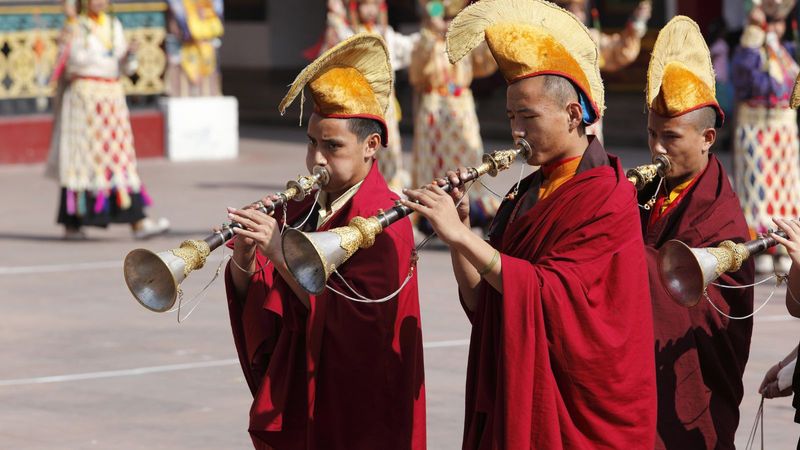
Celebrated by the Gurung community of Sikkim, Tamu Lochar marks the beginning of the new year for the Gurung community. Celebrated every year on the 30th of December, this festival signifies hope and new beginnings. People celebrate Tamu Lochar by first offering their prayers in the monasteries and shrines. The members of the Gurung community dress up in traditional attire and perform traditional dances such as Tamu Selro and Dohor as a part of the festival. Everybody exchanges greetings, and the festival is celebrated by families and the entire Gurung community. Tamu Lochar marks a joyous and vibrant atmosphere.
5. Losoong
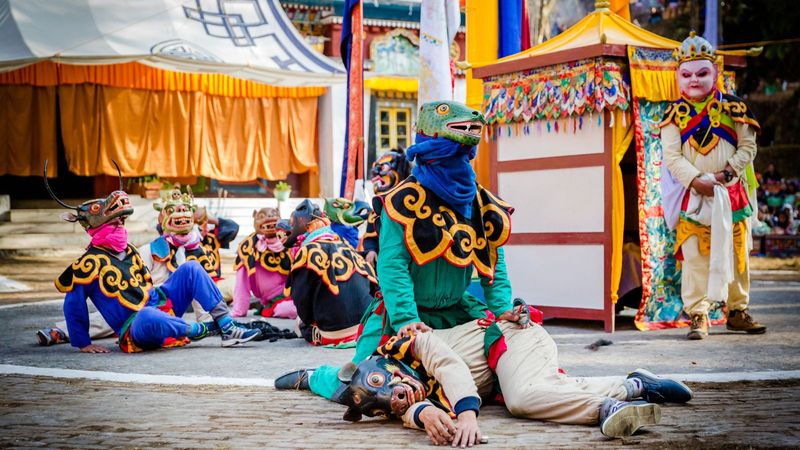
The Losoong festival in Sikkim is celebrated mainly by the Bhutia and the Lepcha communities. Losoong marks the end of the harvest season and is celebrated by thanksgiving rituals, vibrant dances, and community feasts. Celebrated every year in the month of December, this festival marks the Sikkimese New Year. Farmers celebrate Losoong by rejoicing for their harvest. Traditional dances such as Cham and Lama are a vital performance during Losoong.


_1708760901101_thumb_1200.jpeg?w=3840&q=75)